
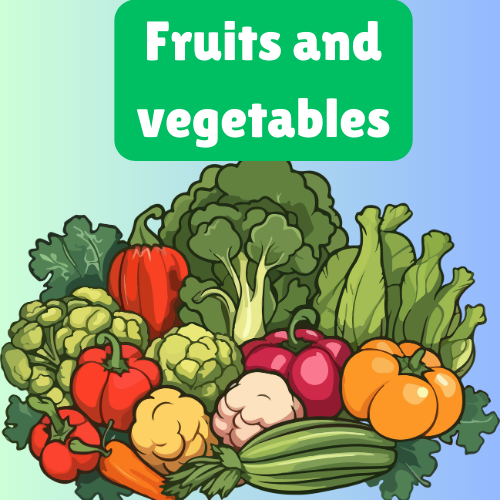
Learning the names of various fruits and vegetables is a fundamental part of expanding your English vocabulary, especially for beginners. In this lesson, you will learn about different fruits and vegetables commonly found in English-speaking countries. This knowledge will help you describe foods, follow recipes, and improve your overall English communication skills. Whether you are learning English online or through voice learn programs like voicelearn.online, mastering the names of fruits and vegetables is essential for everyday conversations.
Common Fruits:
Apple: A round fruit with red, green, or yellow skin. Example: She ate a red apple.
Banana: A long, curved fruit with yellow skin. Example: He had a banana for breakfast.
Orange: A round citrus fruit with orange skin. Example: She drank a glass of orange juice.
Grapes: Small, round fruits that grow in clusters. Example: He picked some grapes from the vine.
Strawberry: A small, red fruit with tiny seeds on the surface. Example: She loves strawberries in her yogurt.
Blueberry: A small, round, blue fruit. Example: He added blueberries to his cereal.
Watermelon: A large, green fruit with red, juicy flesh and black seeds. Example: They shared a slice of watermelon on a hot day.
Pineapple: A tropical fruit with spiky skin and sweet, yellow flesh. Example: She used pineapple in the fruit salad.
Mango: A tropical fruit with orange flesh and a large pit. Example: He made a mango smoothie.
Peach: A soft fruit with fuzzy skin and a pit. Example: She baked a peach pie.
Common Vegetables:
Carrot: A long, orange root vegetable. Example: He chopped carrots for the salad.
Potato: A starchy, tuberous vegetable. Example: She made mashed potatoes for dinner.
Tomato: A red fruit often used as a vegetable. Example: He sliced a tomato for the sandwich.
Broccoli: A green vegetable with a tree-like structure. Example: She steamed broccoli as a side dish.
Spinach: A leafy green vegetable. Example: He added spinach to the smoothie.
Pepper: A vegetable that can be green, red, yellow, or orange. Example: She stuffed the peppers with rice and meat.
Cucumber: A long, green vegetable often used in salads. Example: He sliced cucumber for the salad.
Onion: A vegetable with a strong flavor and odor. Example: She chopped an onion for the soup.
Garlic: A small, strong-flavored bulb used in cooking. Example: He added garlic to the pasta sauce.
Lettuce: A leafy green vegetable used in salads. Example: She made a fresh lettuce salad.
Learning the names of various fruits and vegetables is a fundamental part of expanding your English vocabulary, especially for beginners.
In this lesson, you will learn about different fruits and vegetables commonly found in English-speaking countries.
This knowledge will help you describe foods, follow recipes, and improve your overall English communication skills.
Whether you are learning English online or through voice learn programs like voicelearn.online, mastering the names of fruits and vegetables is essential for everyday conversations.
Common Fruits: Apple: A round fruit with red, green, or yellow skin.
Example: She ate a red apple.
Banana: A long, curved fruit with yellow skin.
Example: He had a banana for breakfast.
Orange: A round citrus fruit with orange skin.
Example: She drank a glass of orange juice.
Grapes: Small, round fruits that grow in clusters.
Example: He picked some grapes from the vine.
Strawberry: A small, red fruit with tiny seeds on the surface.
Example: She loves strawberries in her yogurt.
Blueberry: A small, round, blue fruit.
Example: He added blueberries to his cereal.
Watermelon: A large, green fruit with red, juicy flesh and black seeds.
Example: They shared a slice of watermelon on a hot day.
Pineapple: A tropical fruit with spiky skin and sweet, yellow flesh.
Example: She used pineapple in the fruit salad.
Mango: A tropical fruit with orange flesh and a large pit.
Example: He made a mango smoothie.
Peach: A soft fruit with fuzzy skin and a pit.
Example: She baked a peach pie.
Common Vegetables: Carrot: A long, orange root vegetable.
Example: He chopped carrots for the salad.
Potato: A starchy, tuberous vegetable.
Example: She made mashed potatoes for dinner.
Tomato: A red fruit often used as a vegetable.
Example: He sliced a tomato for the sandwich.
Broccoli: A green vegetable with a tree-like structure.
Example: She steamed broccoli as a side dish.
Spinach: A leafy green vegetable.
Example: He added spinach to the smoothie.
Pepper: A vegetable that can be green, red, yellow, or orange.
Example: She stuffed the peppers with rice and meat.
Cucumber: A long, green vegetable often used in salads.
Example: He sliced cucumber for the salad.
Onion: A vegetable with a strong flavor and odor.
Example: She chopped an onion for the soup.
Garlic: A small, strong-flavored bulb used in cooking.
Example: He added garlic to the pasta sauce.
Lettuce: A leafy green vegetable used in salads.
Example: She made a fresh lettuce salad.
|
|
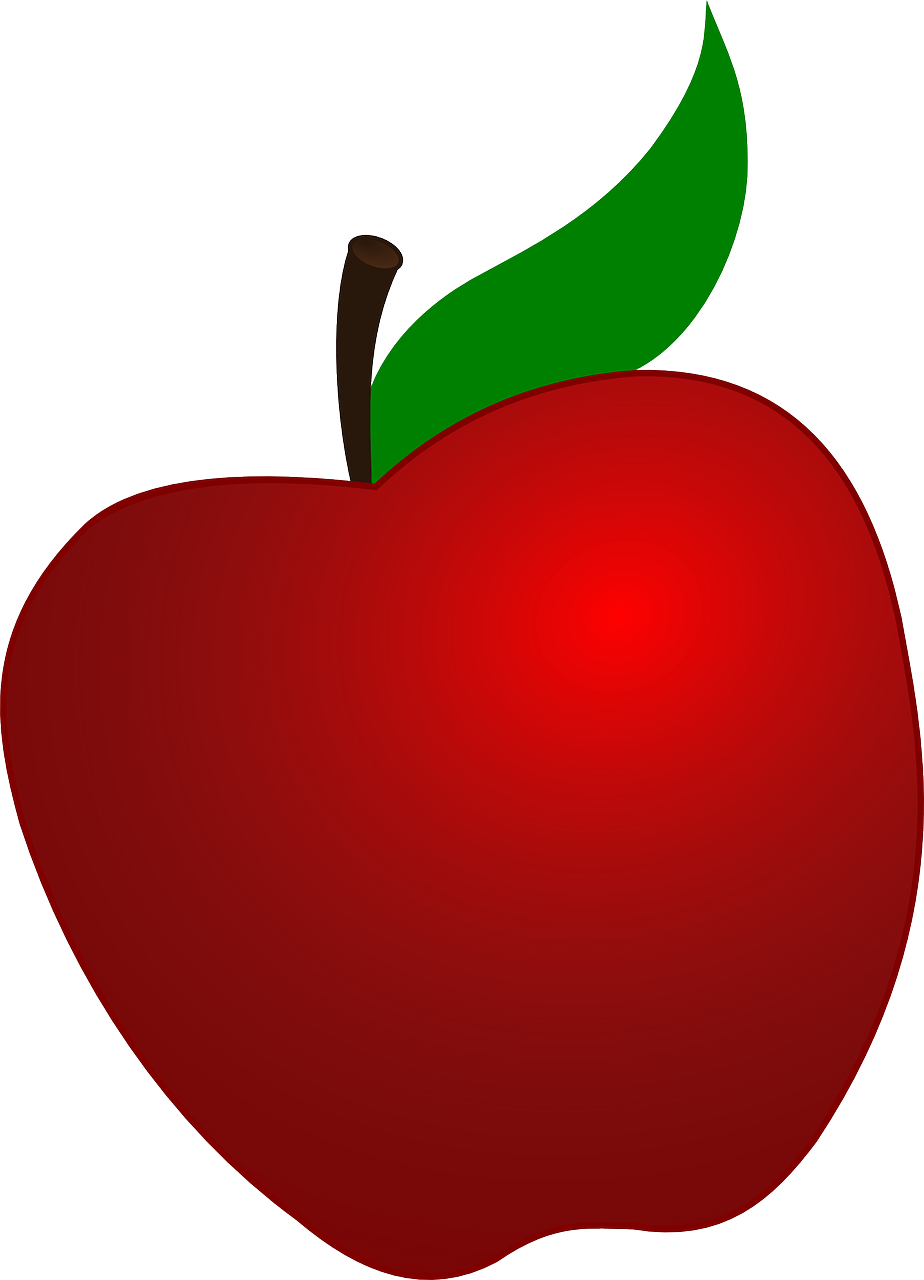
AppleApple |

I eat an apple.I eat an apple. |
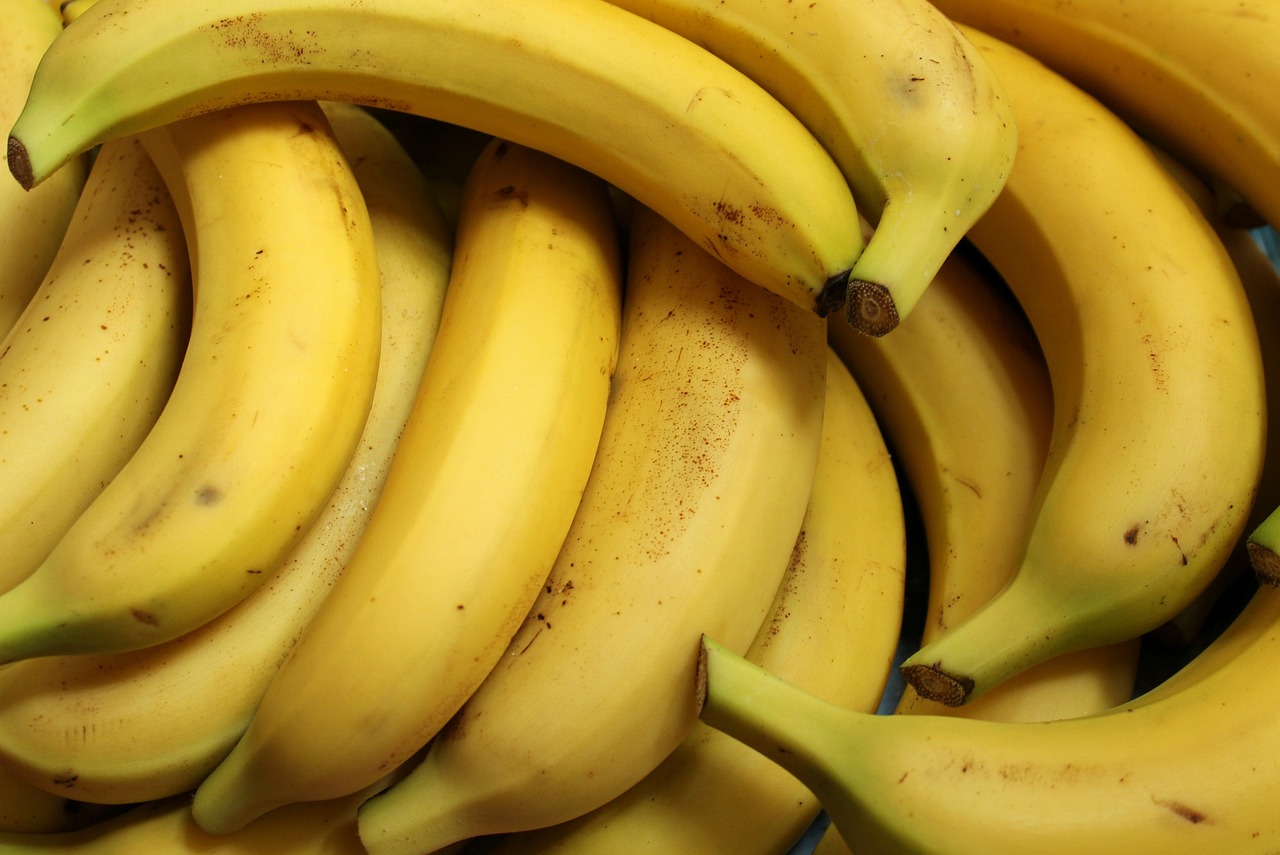
BananaBanana |

She likes bananas.She likes bananas. |
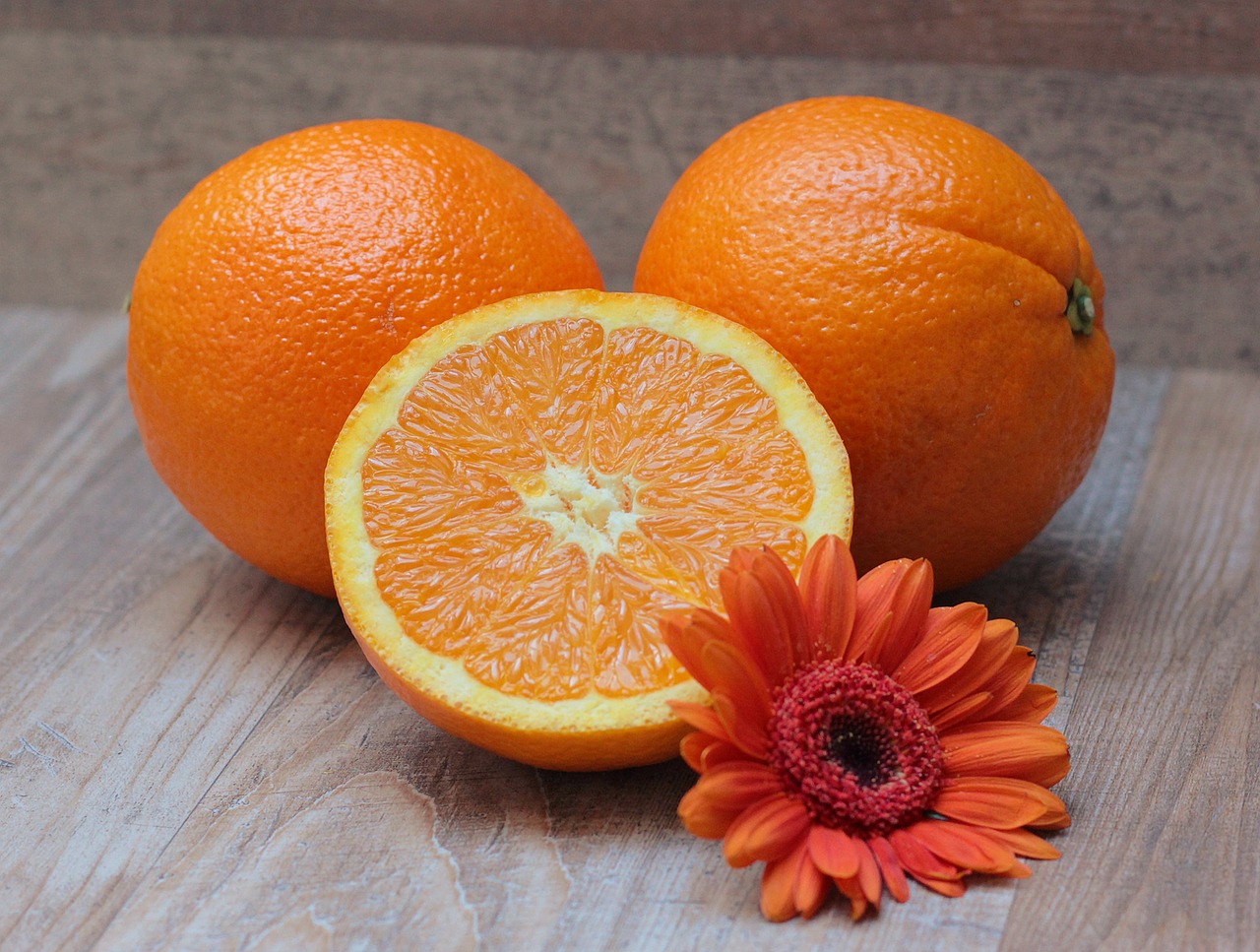
OrangeOrange |
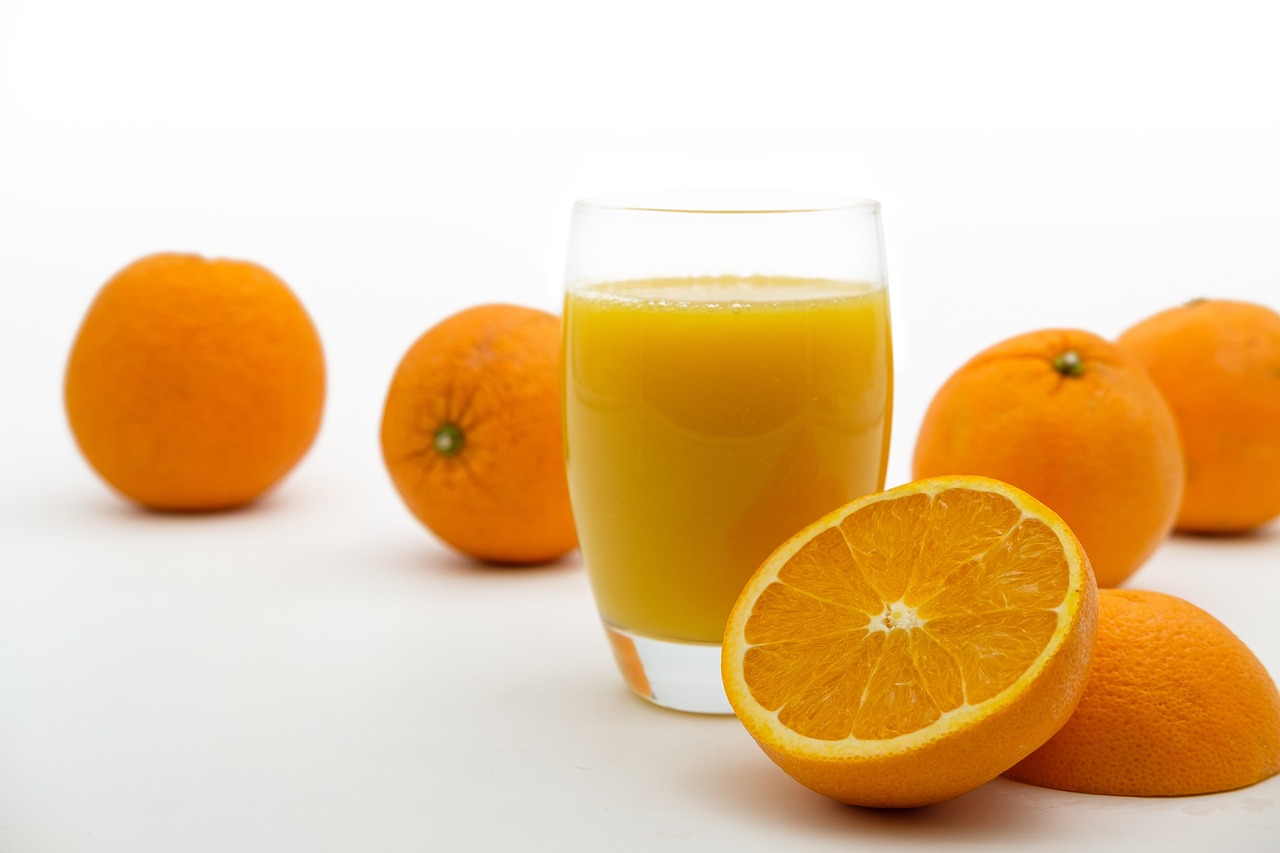
He drinks orange juice.He drinks orange juice. |
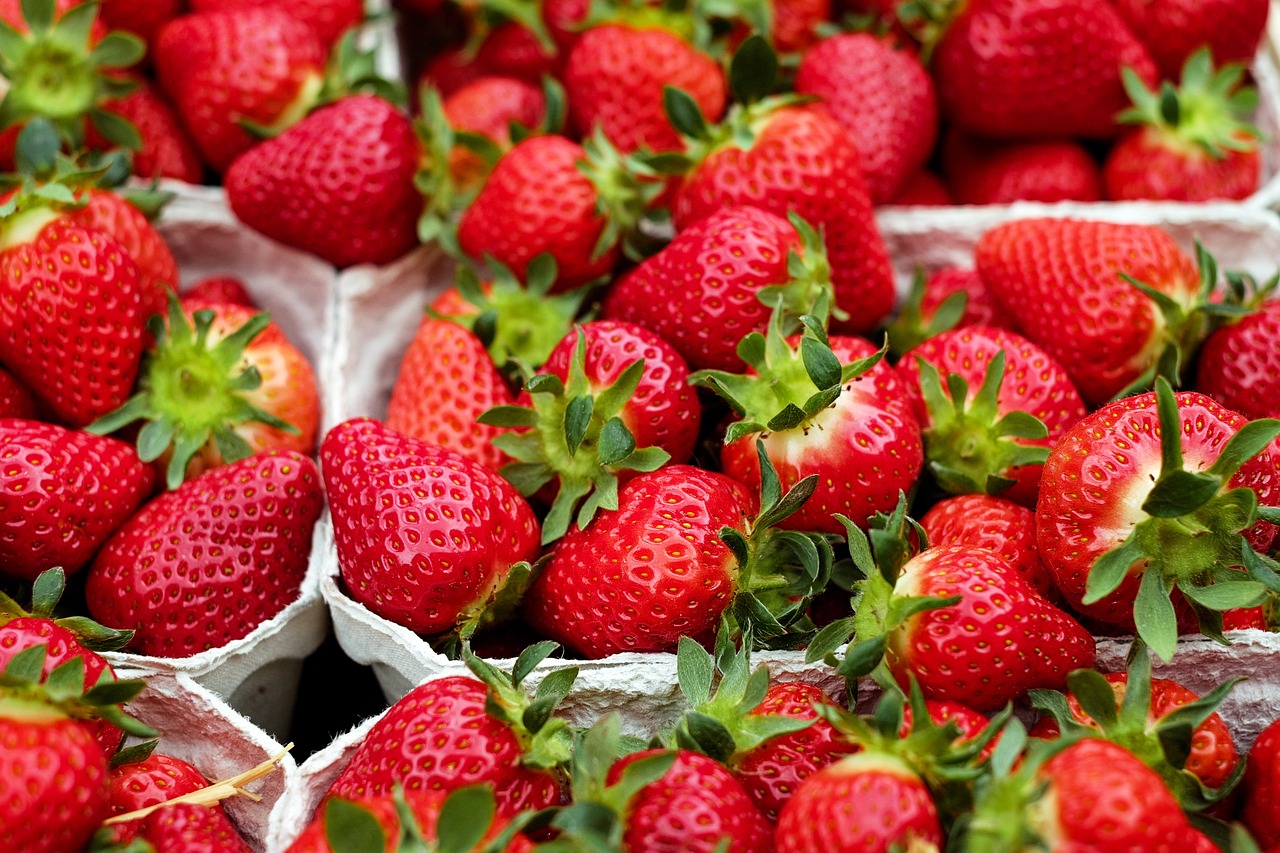
StrawberryStrawberry |
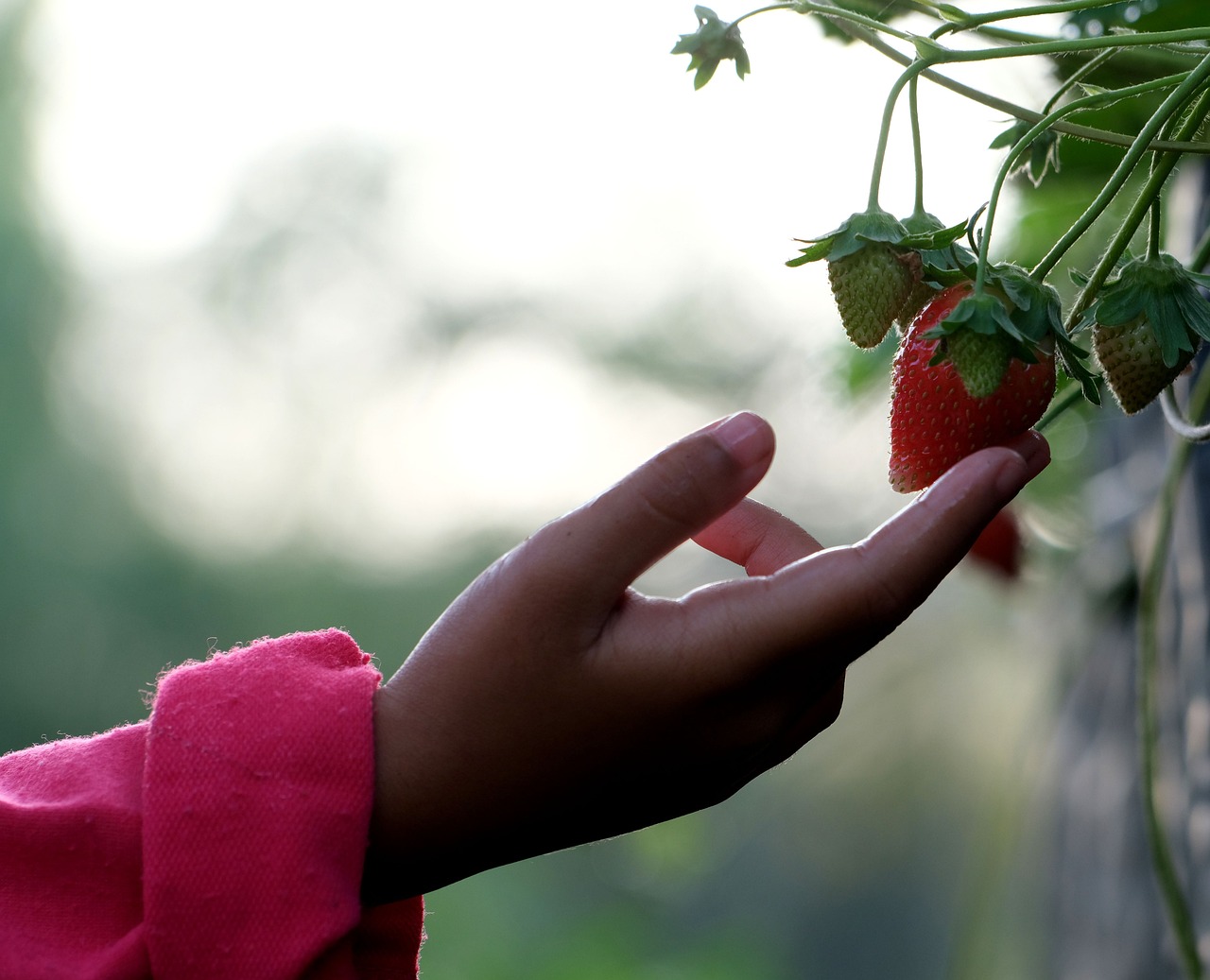
They pick strawberries.They pick strawberries. |
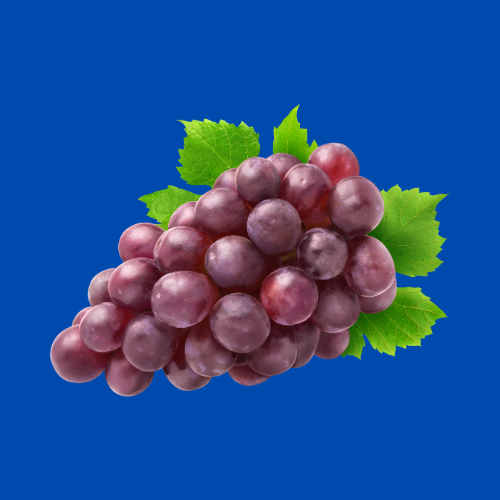
GrapeGrape |

The boy eats grapes.The boy eats grapes. |
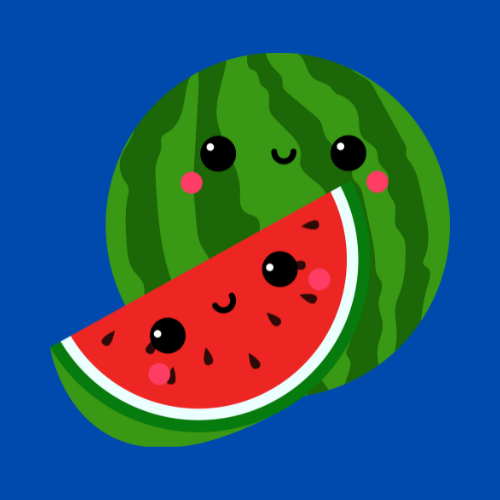
WatermelonWatermelon |

He eats watermelon.He eats watermelon. |
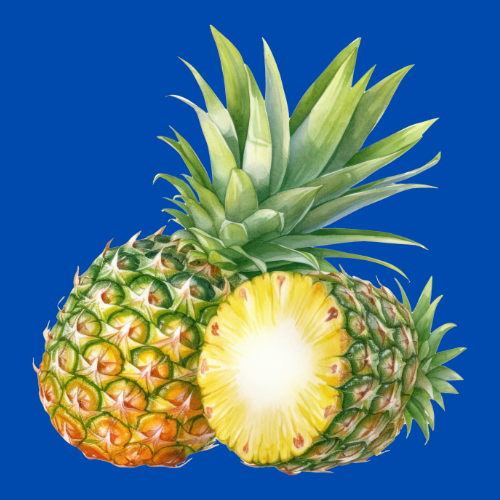
PineapplePineapple |

She cuts the pineapple.She cuts the pineapple. |
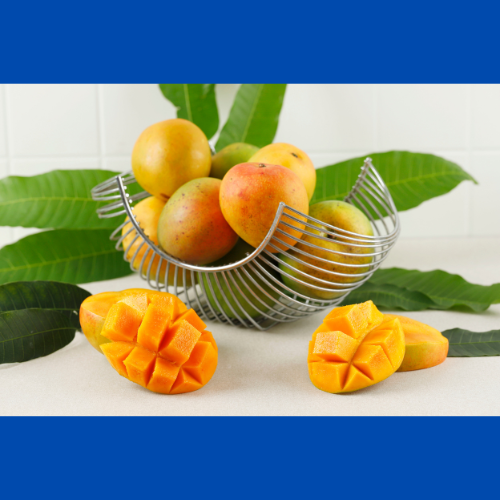
MangoMango |

They enjoy eating mangoes.They enjoy eating mangoes. |
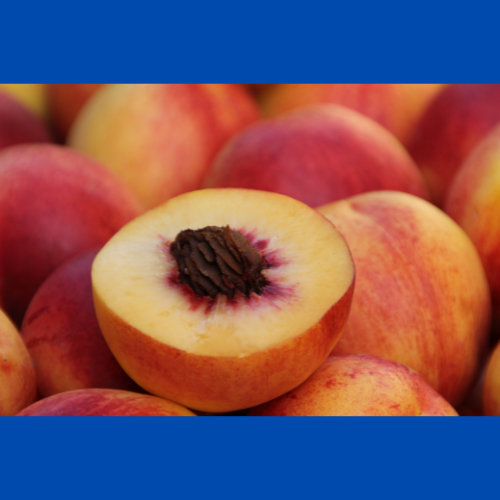
PeachPeach |

I like peaches.I like peaches. |
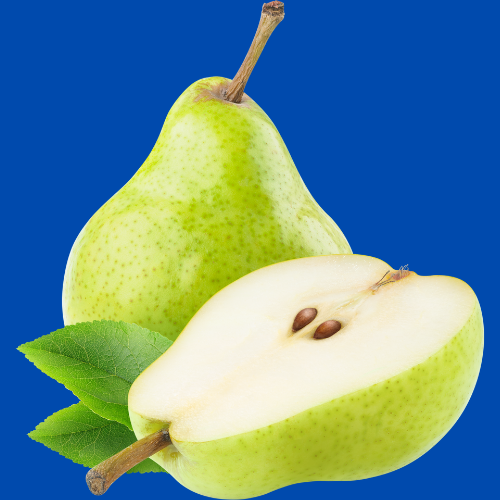
PearPear |
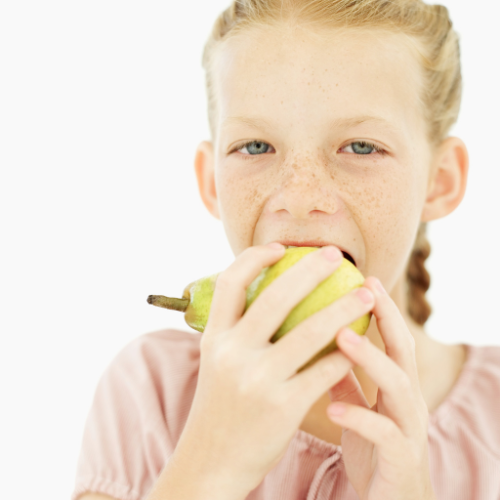
She bites into a juicy pear.She bites into a juicy pear. |
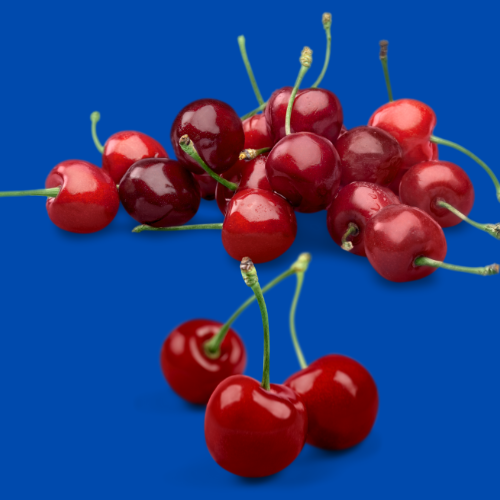
CherryCherry |
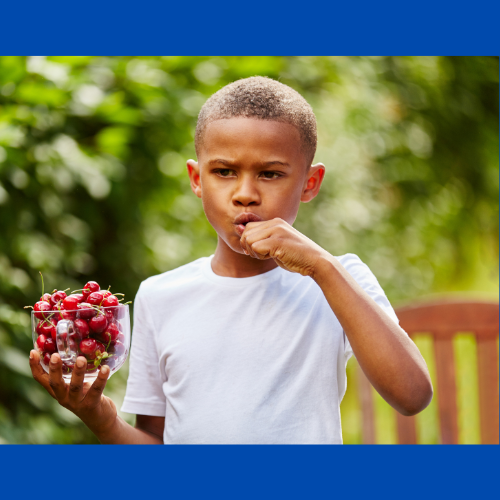
He tastes the sweet cherries.He tastes the sweet cherries. |
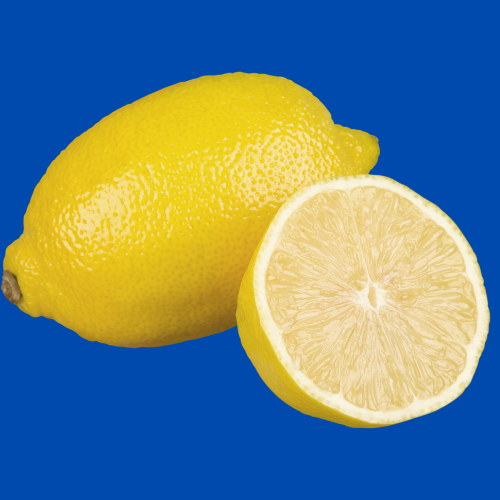
LemonLemon |

We squeeze lemon juice.We squeeze lemon juice. |
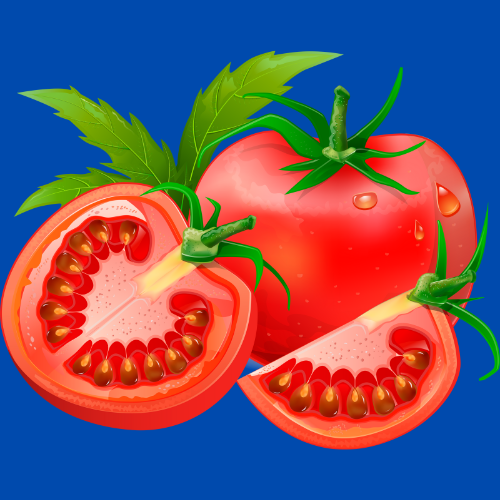
TomatoTomato |
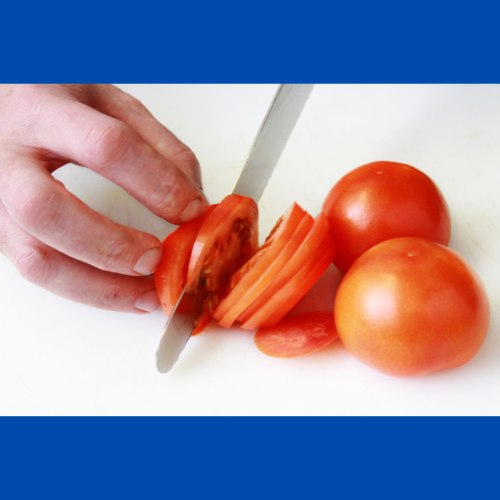
He slices the tomato.He slices the tomato. |

CarrotCarrot |

She eats carrots.She eats carrots. |

BroccoliBroccoli |
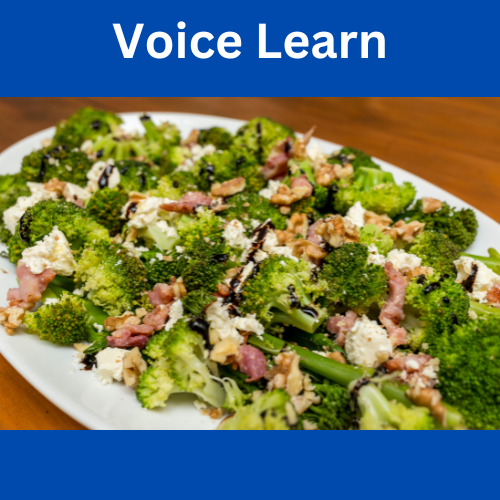
They cook broccoli.They cook broccoli. |
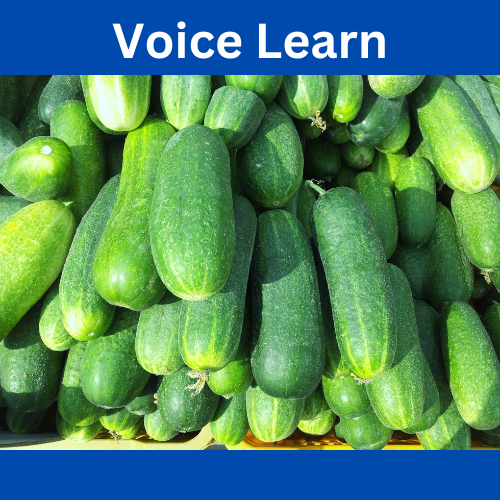
CucumberCucumber |
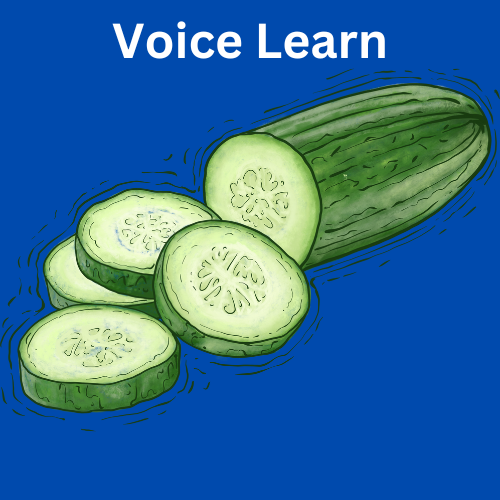
I slice the cucumber.I slice the cucumber. |
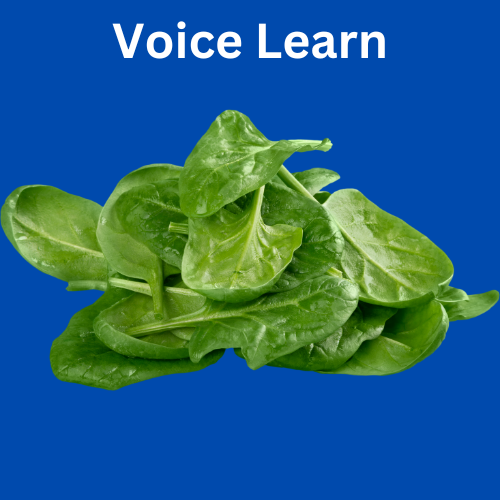
SpinachSpinach |

She cooks spinach.She cooks spinach. |

LettuceLettuce |
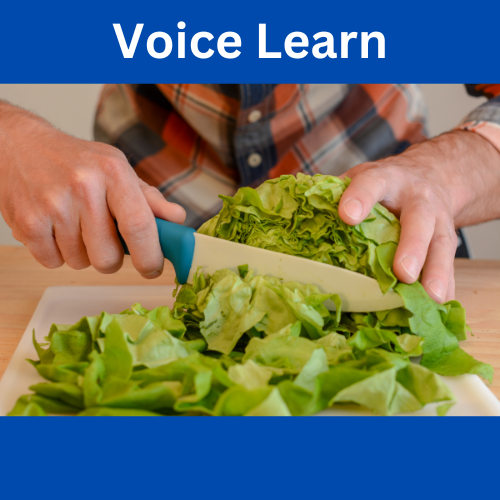
He makes a salad with lettuce.He makes a salad with lettuce. |
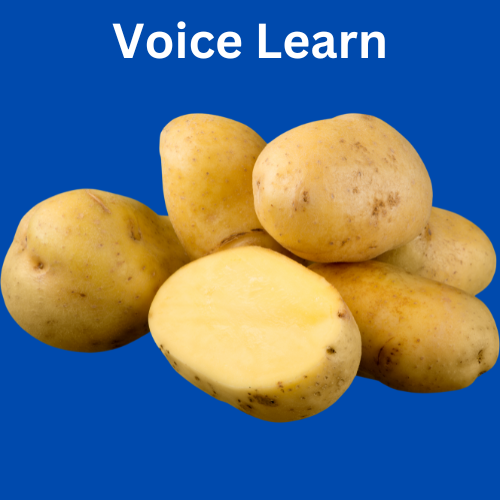
PotatoPotato |
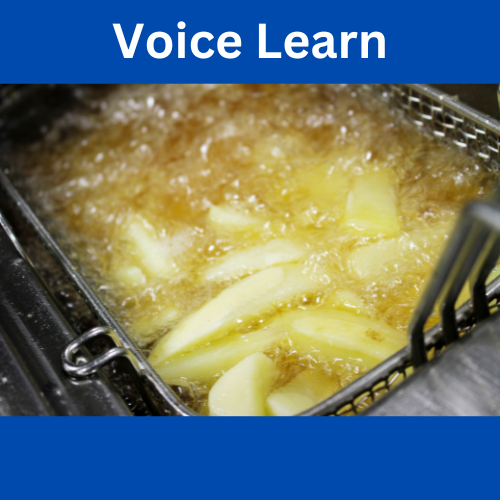
They fry potatoes.They fry potatoes. |
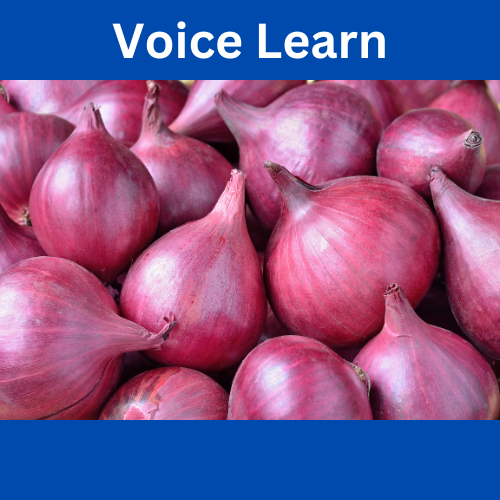
OnionOnion |
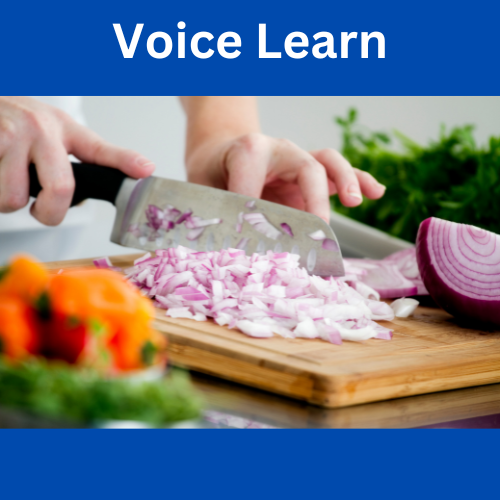
She chops the onion.She chops the onion. |
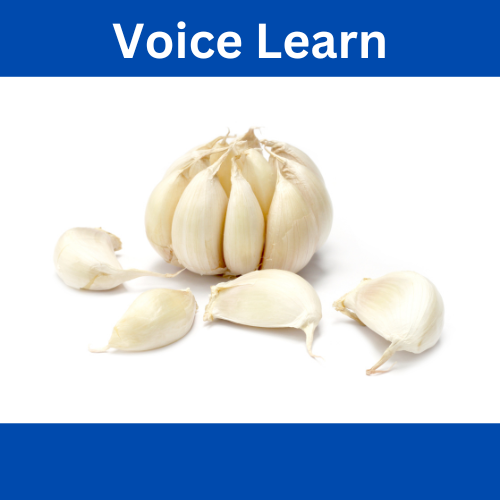
GarlicGarlic |

He adds garlic to the dish.He adds garlic to the dish. |
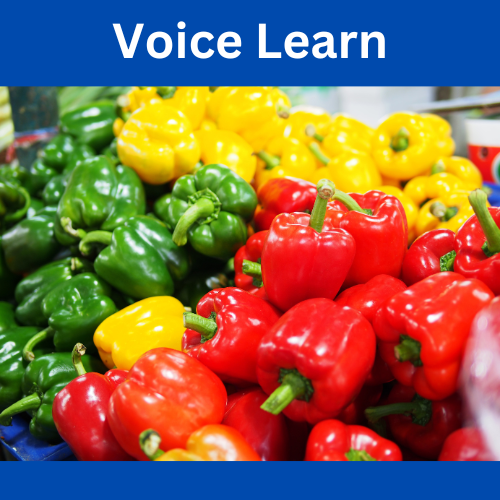
Bell pepperBell pepper |

We chop bell peppers.We chop bell peppers. |
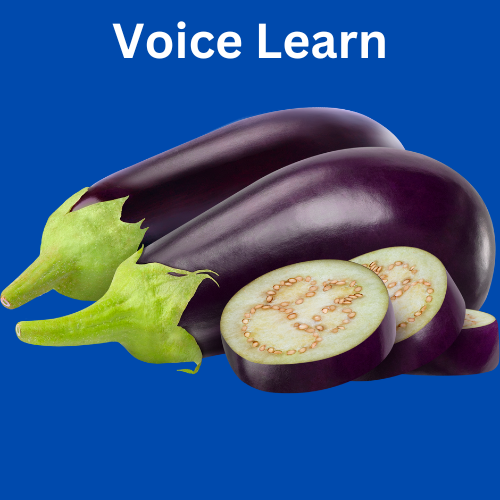
EggplantEggplant |

She grills eggplants.She grills eggplants. |

PumpkinPumpkin |

He carves a pumpkin.He carves a pumpkin. |
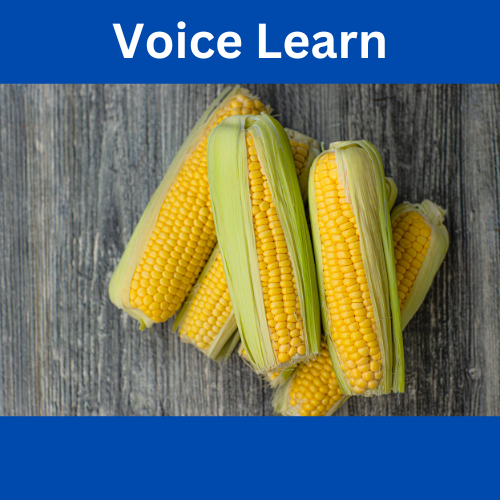
CornCorn |
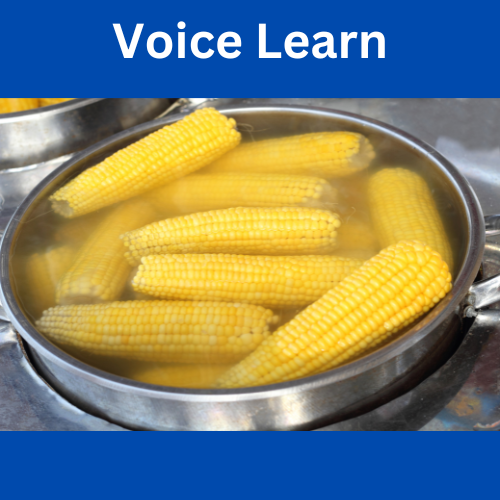
They boil corn.They boil corn. |
Congratulations! You have learned the names of various fruits and vegetables commonly found in English-speaking countries.
Practice using these words in your daily conversations to describe foods and enhance your English vocabulary.
Q&A Section Question: What fruit is known for its yellow skin and long shape?
Answer: Banana.
Question: Which vegetable is often used to make mashed potatoes?
Answer: Potato.
Question: What small, red fruit has tiny seeds on its surface?
Answer: Strawberry.
Question: Which green vegetable has a tree-like structure?
Answer: Broccoli.
Question: What is the name of the fruit that is often used to make juice and has orange skin?
Answer: Orange.